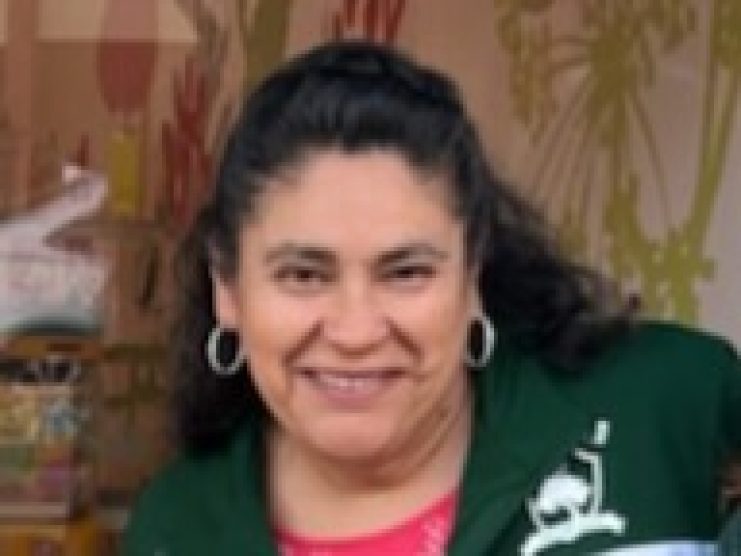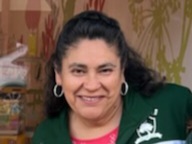
Not One Strategy Works for All Students
Every year I work to get my students to meet the standards for 4th grade. This year, I focused on working with my students on writing with evidence. Their writing would let me know how well they understood the text, and if they are able to express that understanding in their writing.
On the first writing task that I gave my students, I asked them to use evidence from the text to identify the characters’ traits. I gave them graphic organizers and we generated a list of traits as a class. I provided sentence frames and I modeled how to use the frames to guide them as they worked on the assignment. What my students produced wasn’t close to what I had modeled.
I wondered if I had provided them with the scaffolds that they needed to be able to do what I was requesting. Were my instructions and modeling explicit enough?
I took what they were able to produce and used it as my starting point. What jumped out first when reviewing this student data was my students’ sentence structure, it was fragmented. I looked into the multilingual toolkit that Oakland Unified School District’s ELLMA leaders had introduced as a resource for our elementary inquiry group with Lead by Learning.
I decided to use the GLAD strategy: Sentence Patterning Chart (SPC), which is a strategy in the multilingual toolkit. I wanted to make sure that we all understood how to write a sentence. As we filled out the SPC, I came across a new understanding: my students’ vocabulary was limited. I kept asking them to think of different adjectives to describe the characters, but they kept using the same adjectives to describe the nouns: nice, mean, small, etc. Their content vocabulary needed to be developed. I added another GLAD strategy, the Cognitive Content Dictionary (CCD). With the CCD, I was able to address the content vocabulary: nouns, verbs, and adjectives that they needed to understand the text and use in their writing.
With these two strategies, SPC and the CCD, the majority of my students were engaged. They were creating sentences, and building their vocabulary. But my newcomer students weren’t talking. I felt an urgency to have them start producing language. I looked into the multilingual toolkit again and decided to use a Pictorial Input Chart (PIC). With the PIC, I was able to pull my newcomer students into a small group and review the PIC. During this time, I was able to address vocabulary and check for understanding by asking leveled questions to allow them to tell me all that they knew about the topic.
Incorporating these strategies helped me meet my students’ different needs. Not one strategy worked for all my students. It was the implementation of the three strategies that gave my students multiple exposures to content vocabulary, to the content, and to the use of the vocabulary in sentences.
My focus was to have my students write with evidence at a 4th-grade level. Those who were writing from the beginning were able to meet that standard. The strategies from the Multilingual toolkit and GLAD reinforced what they were already able to do and added a scaffold for their next steps. For my newcomers and not yet at-grade-level students, the GLAD strategies gave them access to content and a means to be able to express their understanding of the content. Were all my students able to write with evidence in the end? To some degree yes.
For next year I want to remember that not one strategy will meet the needs of all my students, it might seem like overkill but some students need multiple strategies to expose them to vocabulary and content, and every student will make growth toward grade level, some more than others but they will make growth and that should be celebrated.
 Eva Beleche is a 4th grade teacher at Global Family Elementary School, a dual language school, in Oakland, CA. This year is her 27th year teaching in OUSD. She has held positions outside of the classroom, but being in the classroom is what she loves the best. When not teaching, Eva enjoys being with family, friends and her cats.
Eva Beleche is a 4th grade teacher at Global Family Elementary School, a dual language school, in Oakland, CA. This year is her 27th year teaching in OUSD. She has held positions outside of the classroom, but being in the classroom is what she loves the best. When not teaching, Eva enjoys being with family, friends and her cats.
